The OnePlus 6 Review: Among The Best Of 2018
by Andrei Frumusanu on July 27, 2018 8:30 AM EST- Posted in
- Mobile
- Smartphones
- OnePlus
- OnePlus 6
Camera - Low Light Evaluation
For the night time shots, I wanted to change it up a bit and chose to take the photos at sun-down, which resulted with still some light in the sky. These conditions are more challenging for the phones as they need to decide on the right exposure and possibly HDR processing.
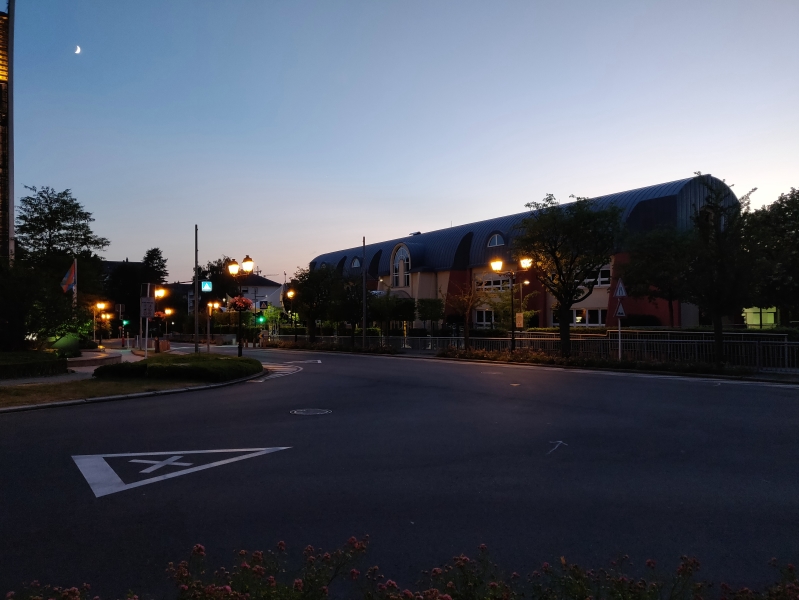
[ OnePlus 6 ]
[ G7 ] - [ G6 ] - [ V30 ]
[ Mi MIX 2S ] - [ Pixel 2 XL ] - [ Mate 10 ] - [ P20 ]
[ P20 Pro ] - [ S8 ] - [ S9+ ] - [ iPhone X ]
The OnePlus 6 on paper is at a disadvantage here as its f/1.7 lens and 1.22µm pixel pitch shouldn’t be able to keep up with the 1.4µm and larger aperture phones.
This first shot is evident of that as although it still manages a respectable result, it lacks the shadow detail of other phones. Using some manual exposure compensation to brighten up the scene would have been beneficial to the OP6.
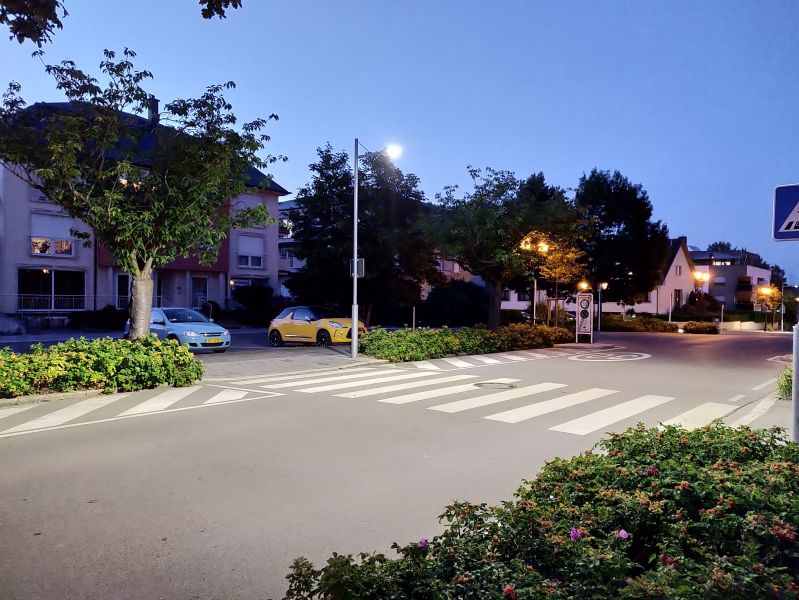
[ OnePlus 6 ]
[ G7 ] - [ G6 ] - [ V30 ] - [ Mi MIX 2S ] - [ Pixel 2 XL ] - [ Mate 10 ]
[ P20 ] - [ P20 Pro ] - [ S8 ] - [ S9+ ] - [ iPhone X ]
This road crossing was one of the rare scenes where the OP6 wans’t really consistent with its shots and gave three consecutive different results. All three shots have the same exposure and ISO settings so the difference in brightness seems to be purely due to the resulting processing, with the third shot being the most natural and the first two having varying degrees of HDR processing flattening out the image to bring out the shadows.
Overall the shots of the OP6 here are still quite good, although it lacks the natural background shadow detail of other phones. It’s still able to maintain the natural spotlight of the street lamp, and more importantly, it got the white colour temperature of the light a lot more correct than other phones.
In terms of detail if feels like the OP6 is employing sharpening and artificial contrast. The third sample is by far the best here as it also has less visible noise artefacts.

[ OnePlus 6 ]
[ G7 ] - [ G6 ] - [ V30 ] - [ Mi MIX 2S ] - [ Pixel 2 XL ]
[ Mate 10 ] - [ P20 ] - [ P20 Pro ]
[ S8 ] - [ S9+ ] - [ iPhone X ]
In this second scene the OP6 was more consistent and all the captured shots looked the same. Again it’s doing “OK” in terms of results, competing well in terms of sharpness but just doesn’t have the dynamic range to capture as much shadows in the scene.
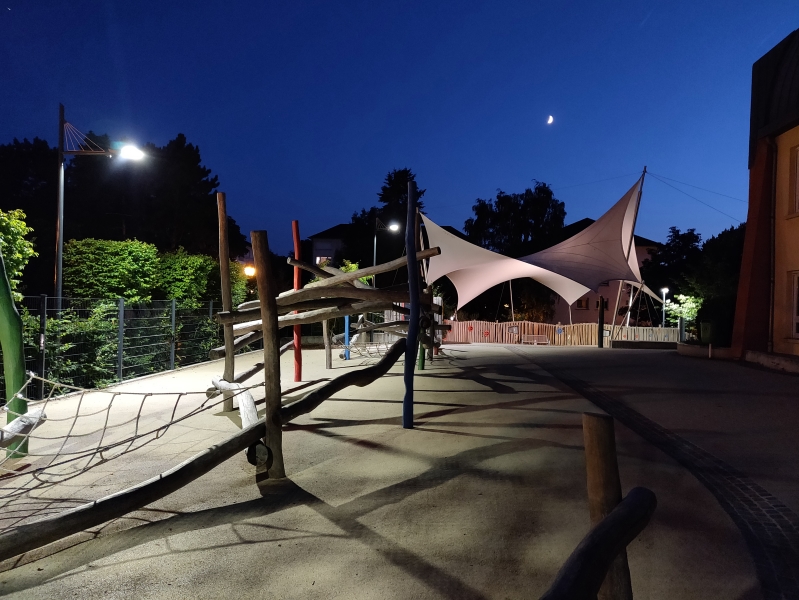
[ OnePlus 6 ]
[ G7 ] - [ G6 ] - [ V30 ] - [ Mi MIX 2S ] - [ Pixel 2 XL ]
[ Mate 10 ] - [ P20 ] - [ P20 Pro ]
[ S8 ] - [ S9+ ] - [ iPhone X ]
Going to darker scenarios here at the playground, one aspect where the OP6 does very well is capturing the accurate white colour temperature of the lamps, while for example the S9 and G7 and Pixel 2 got it really wrong.
While again lacking in terms of some of the shadows, the details captured are actually quite good and the OP6 manages to compete with the S9 in terms of textures, only the V30 does better. Of course the P20Pro wins out in terms of dynamic range in its pixel binning 10MP mode, even though its night mode shot is more representative of the real light distribution.
Extreme Low Light
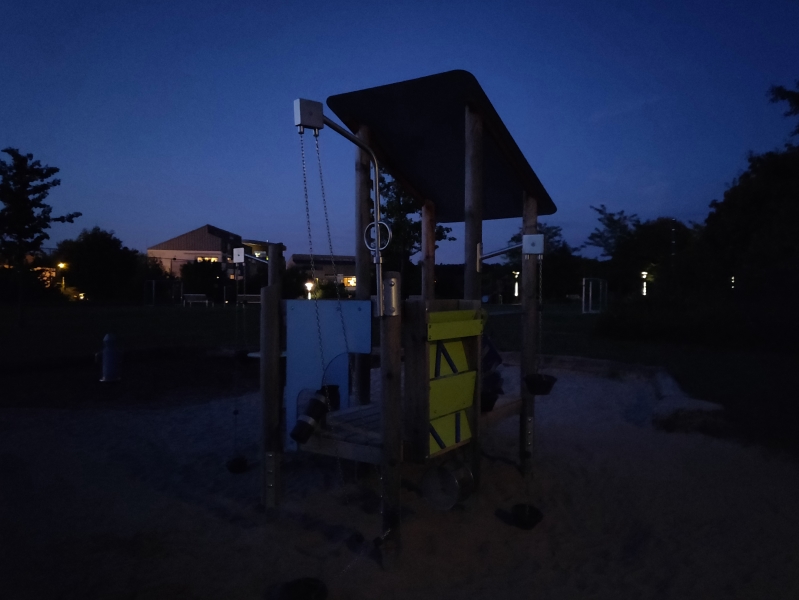
[ OnePlus 6 ]
[ G7 ] - [ G6 ] - [ V30 ] - [ Mi MIX 2S ] - [ Pixel 2 XL ]
[ Mate 10 ] - [ P20 ] - [ P20 Pro ]
[ S8 ] - [ S9+ ] - [ iPhone X ]
Finally in the last extreme low light shot the OnePlus 6 just didn’t fare well. It just didn’t have sufficient light capture capabilities to get a reasonable shot. Here OnePlus could have introduced a pixel binning feature such as on the LG G7 and V30 in order to trade off resolution for light sensitivity.
Overall in low-light shots, the OnePlus 6 just doesn’t have the raw hardware required to perform quite as well as other phones. The results are still extremely competitive and by no means a deal-breaker, it’s just that by now we’d see some kind of usage of that secondary camera module. Unfortunately that’s not the case for the OP6.
OxygenOS 5.1.9 Camera Update
One larger disclaimer I have to make is that the camera evaluation was done on the 5.1.8 firmware before the 5.1.9 version came out which promised “improved camera quality”.
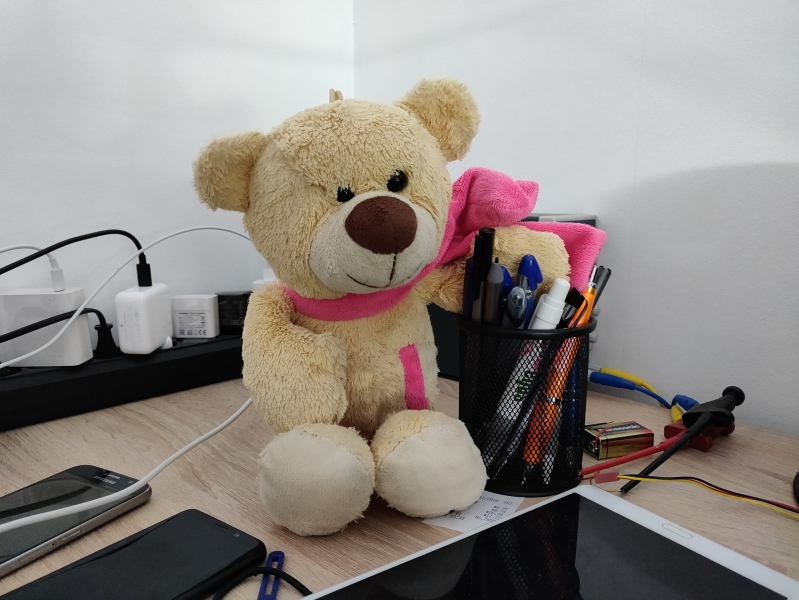
[ Dim Light 1 ] - [ Dim Light 2 ] - [ Flowers ] - [ Daylight ]
I did some limited A/B testing on my review device and it seems the camera changes are limited to low-light scenarios. In the daylight scenes the differences were minute if at all present.
In the low-light shots however there’s been a markable behaviour change as the new firmware seems to prefer to longer exposure and ISO settings. The surprising here is that this doesn’t result in a brighter picture in the above shots, but rather very much the opposite as the phone produced a darker and actually more representative reproduction of the scene. What was actually gained was more dynamic range. In terms of detail retention however I feel there’s been a notable regression.
Unfortunately re-doing the whole camera evaluation takes a lot of time and we’ll have to revisit the update in more detail in a future review with another round across all phones.










90 Comments
View All Comments
Total Meltdowner - Friday, July 27, 2018 - link
Art Photography? I'm not an unemployed liberal. I like phones to snap photos of family and friends doing things worth remembering.Cooe - Saturday, July 28, 2018 - link
Jesus Christ...Quantumz0d - Friday, July 27, 2018 - link
Starting with the wireless charging changing ergonomics and thickness, I refute. Look up at LG V30 - 7.3mm zero bump no notch. Has Qnovo on top of it, looks better made better with MIL spec. IP68 certified as well. OnePlus failed at Metal design with signal flaw with OP3/T and they cheaped out with glass just for marketing this time. About time when they ditch the jack. OPPO started that with their feeble built Find X.Too soft on Oneplus and other companies notch "there's really nothing controversial" its downright copied from Apple except that keeping the bottom bezel for no reason except to make it a marketing trash. Blacking it out for what ? Breaking the Android apps, but like all mainstream brainwashers Google also decided to add it with utter shameless act. Seems like even at AT no one cares about originality or engineering anymore. Shame
No mention of absence of Video out, Netflix certification. Same battery capacity since OP3T. And Axon 7 from 2016 is able to sell a 1440P AMOLED panel at same/less cost with more features like Stereo front facing. AKM DAC wgich works with Lineage. While OP cuts corners at all specs just increase the RAM and Memory that's it. Pixel 2XL shreds OP in speed with low RAM, not against it but this phone is hot garbage.
Oh this phone doesn't have USB3.0 either. CEO says no one uses when we have LTE pure BS. Why are they incl the high capacity UFS then ? Rubbish selfless corp. After being burned at the Op3 promised blobs and the worst part of this phone not mentioned, the T variant. Which makes the Op6 users look like fools, why don't this get mentioned anywhere ? Is OP paying that hefty ? Guess so since they skimp so much and price increase..its a disgrace.
Sultanxda left OP because they never bother to fix the camera or treat it as some high profile golden IP, or the 821 3T high clock crash. Dash charging, another proprietary technology, no way you can find replacement parts for this phone because 5-6Month EOL is extreme ripping.
dshess - Friday, July 27, 2018 - link
I wish one of the second-tier vendors would commit to long-term hardware support. At $600 (or $800), the story is when they manage to make a phone that sucks - but making an excellent phone for $250 is a great story, especially if you can still purchase the same device a few years later. It's like nobody is even trying to take on the iPhone.icalic - Friday, July 27, 2018 - link
Hi @Andrei Frumusanu,why no more gfxbench manhattan es 3.1 / metal test for battery life and final frame rate @ 200 nits?
i think that test is good for us to look GPU efficiency on every device.
for oneplus 6, i suspect high sustained gfxbench followed by higher power consumption than other snapdragon 845 devices.
Andrei Frumusanu - Friday, July 27, 2018 - link
Power consumption between devices doesn't really change. In this regard I'm keeping the power measurements to the initial SoC reviews of the first devices. The power I measured on the OP6 was not much different than on the S9+ which is covered here: https://www.anandtech.com/show/12520/the-galaxy-s9...The final frame rate benchmark has been superseded by the sustained performance measurements across all 3D workloads, so there's no need for a separate metric.
As for battery measurement in 3D workloads, I think the GFXBench test as an actual *battery* test didn't really convey a lot other than a maximum rundown test. I think having a phone loop in an actual commonly released game would be better representative. As a reminder, the SoC's power consumption will differ greatly at different frequencies and real games will be Vsync capped at 60fps, so in actual use-cases the MH3.1 battery test didn't really show a representation of such use-cases. Currently I'm still thinking about a way to do this better and hopefully the methodology will evolve, but for now it's as it is due to practical reasons.
arvindgr - Friday, July 27, 2018 - link
In OnePlus 3 review, AT included note on USB, that they're still using USBv2! But 4 generations later OP6 still packs that same USBv2 tech. Also with Oppo proprietary charging tech, they are least bothered about USB-PD standards which its SoC supports via QCv4. Why such tech implementations weren't discussed at all..?Andrei Frumusanu - Friday, July 27, 2018 - link
USB 3.0 has issue with creating radio frequency interference in the 2.4GHz band which requires vendors to do a lot more engineering in terms of shielding, that's why a *lot* of phones don't support it.In regards to fast charging techniques - first of all ever since I came back to AT I haven't had the opportunity to re-test all the devices over the last year that we were missing data on. Secondly I didn't prioritise this as much because I feel after 5V/2A/10W which essentially every device nowadays supports, faster charging rates become diminishingly relevant.
Batteries are supposed to be charged at a maximum of 1C, for the OP6 that's for example 3.3A since the capacity is 3.3Ah. A 10W charger is already 2.38A, going to 15W is getting near the limit. Devices nowadays also have like 10 different charging profiles depending on what power supply you connect to it, so while true we can resume testing the stock charger, but again in reality how representative is that really for most people, especially among AT readers?
Quantumz0d - Friday, July 27, 2018 - link
Appreciate the response for this. I always wonder what's the reason behind cutting costs for USB spec. And about the Dash charge, it's proprietary you are stuck with using the accessories from OP site only and usable with their HW only. Its not about speed its about adopting standards like USB PD or QC.Andrei Frumusanu - Friday, July 27, 2018 - link
> Its not about speed its about adopting standards like USB PD or QC.I think that's a weird attitude to take. QC or PD are just ways to achieve speed. A 10W 2A non-standard charger will charge the same as a 10W QC, PD, Dash or whatever charger. Electrons don't care about the standard.